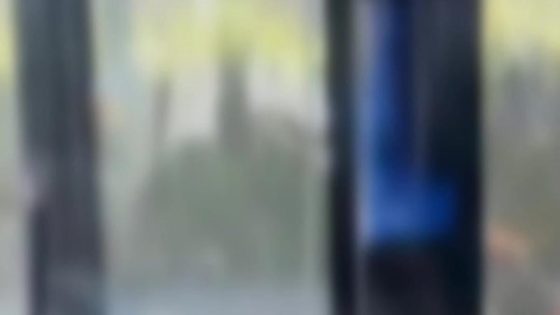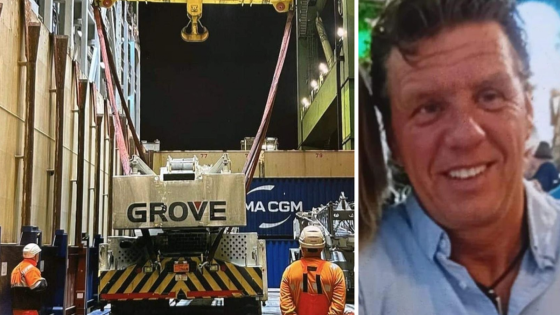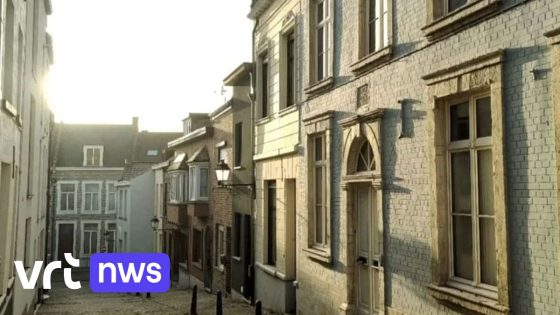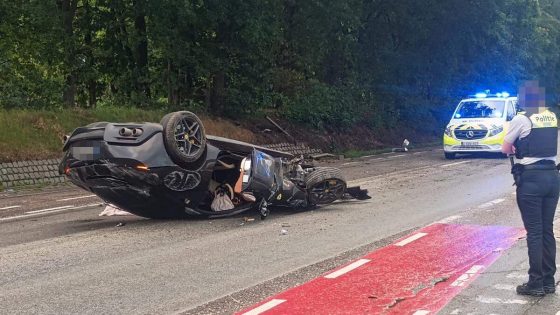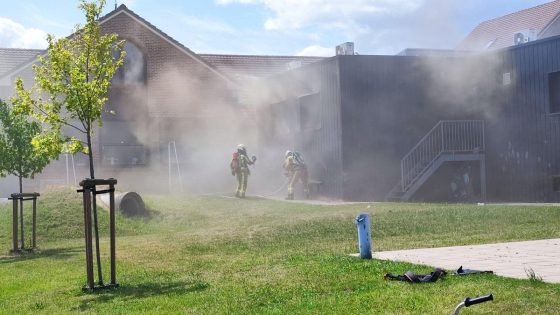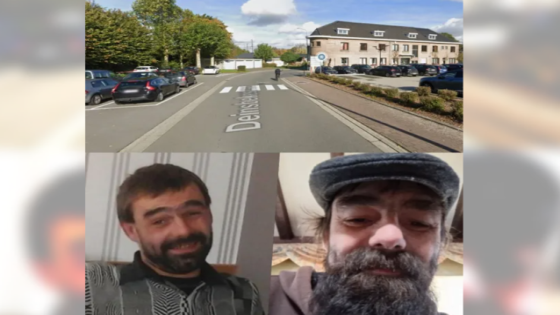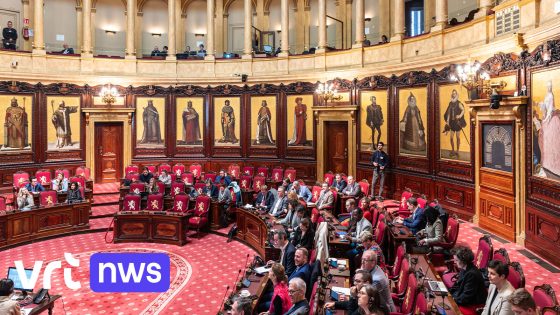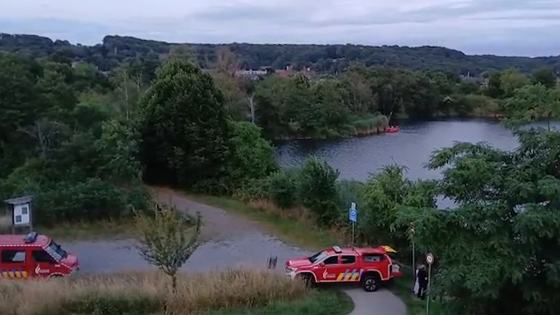A serious attack on a De Lijn bus occurred on Tuesday afternoon on the Ninoofsesteenweg in Anderlecht, raising concerns about public transport safety in Belgium. The incident, which happened near the Scheutlaan intersection, involved violent aggression towards a bus driver and significant damage to the vehicle. By 2025-07-02 11:34:00, the event had already sparked a strong response from unions and local authorities.
- Incident occurred on Ninoofsesteenweg, Anderlecht
- Bus driver lightly honked, faced violent attack
- Two men assaulted bus, damaged windows
- Driver threatened again, received minor injuries
- Union called strike for better protection
- Authorities urged to increase law enforcement presence
The bus, operating on line R36 from Groot-Bijgaarden via Brussels South to Alsemberg, was heading towards Weststation when the trouble began. After a brief honk from the driver due to a stationary vehicle at a green light, two men exited a car and started attacking the bus, smashing windows and threatening the driver. This raises the question: how safe are our public transport operators on the streets of Brussels and beyond?
With tensions escalating further when the attackers returned to confront the driver again, the incident highlights a worrying trend in aggression against public service workers. What measures can be taken to protect those who keep our city moving? The situation led to a temporary work stoppage by De Lijn drivers, underlining the urgency of the problem.
This incident is not isolated but part of a broader societal challenge. It raises critical questions about public safety and the support systems for transport workers. Key points to consider include:
- The increasing frequency of aggression towards bus drivers and other public service employees.
- The limitations of current security measures on public transport in Brussels.
- The role of police and inspectors in preventing such attacks, given resource constraints.
- The impact on bus schedules and daily commutes due to strikes following violent incidents.
Looking ahead, it is essential for authorities, unions, and De Lijn to collaborate on stronger protective measures and support for drivers. Will improved policing and increased presence of inspectors be enough to restore safety and confidence in public transport? Only coordinated action can ensure that incidents like this do not become the norm.



